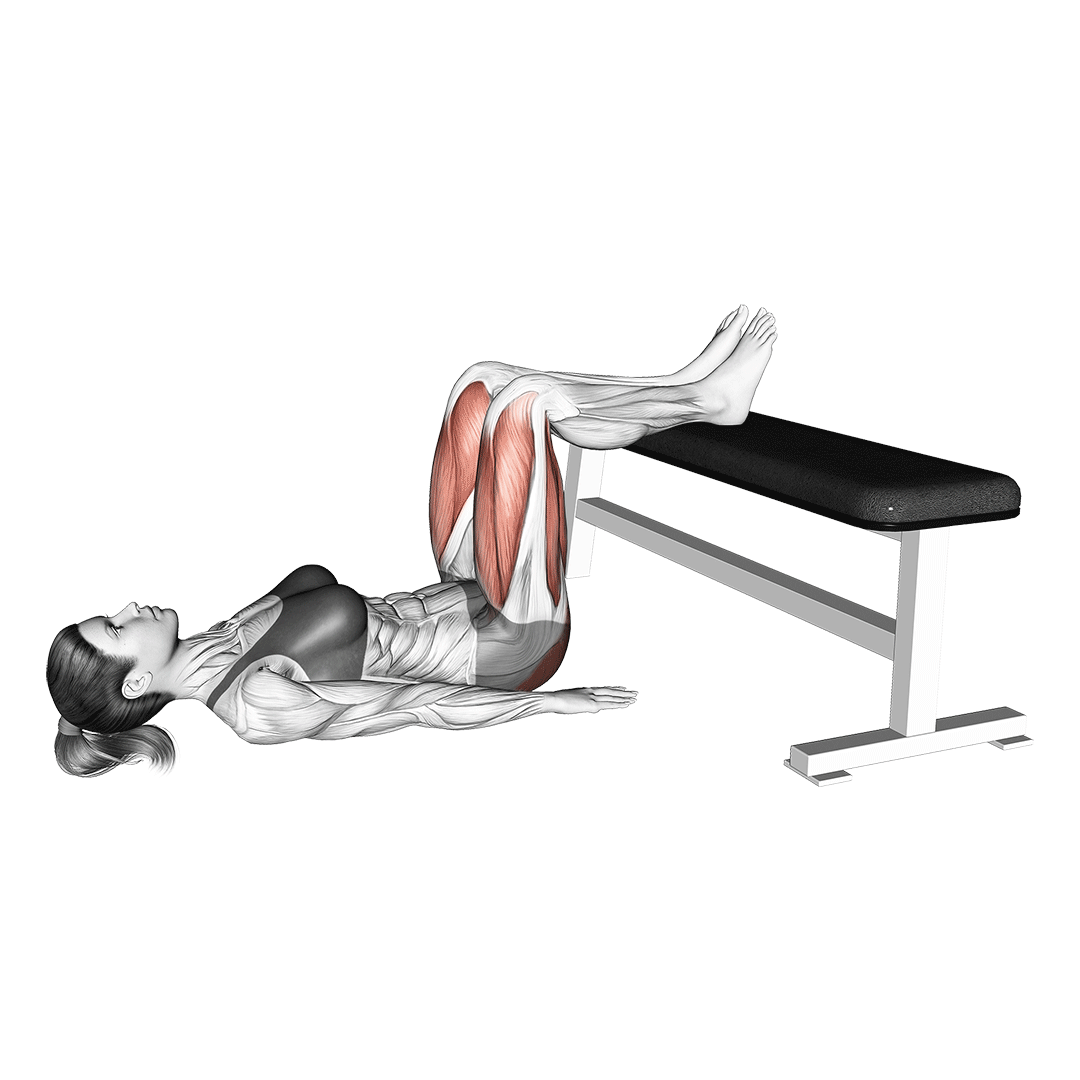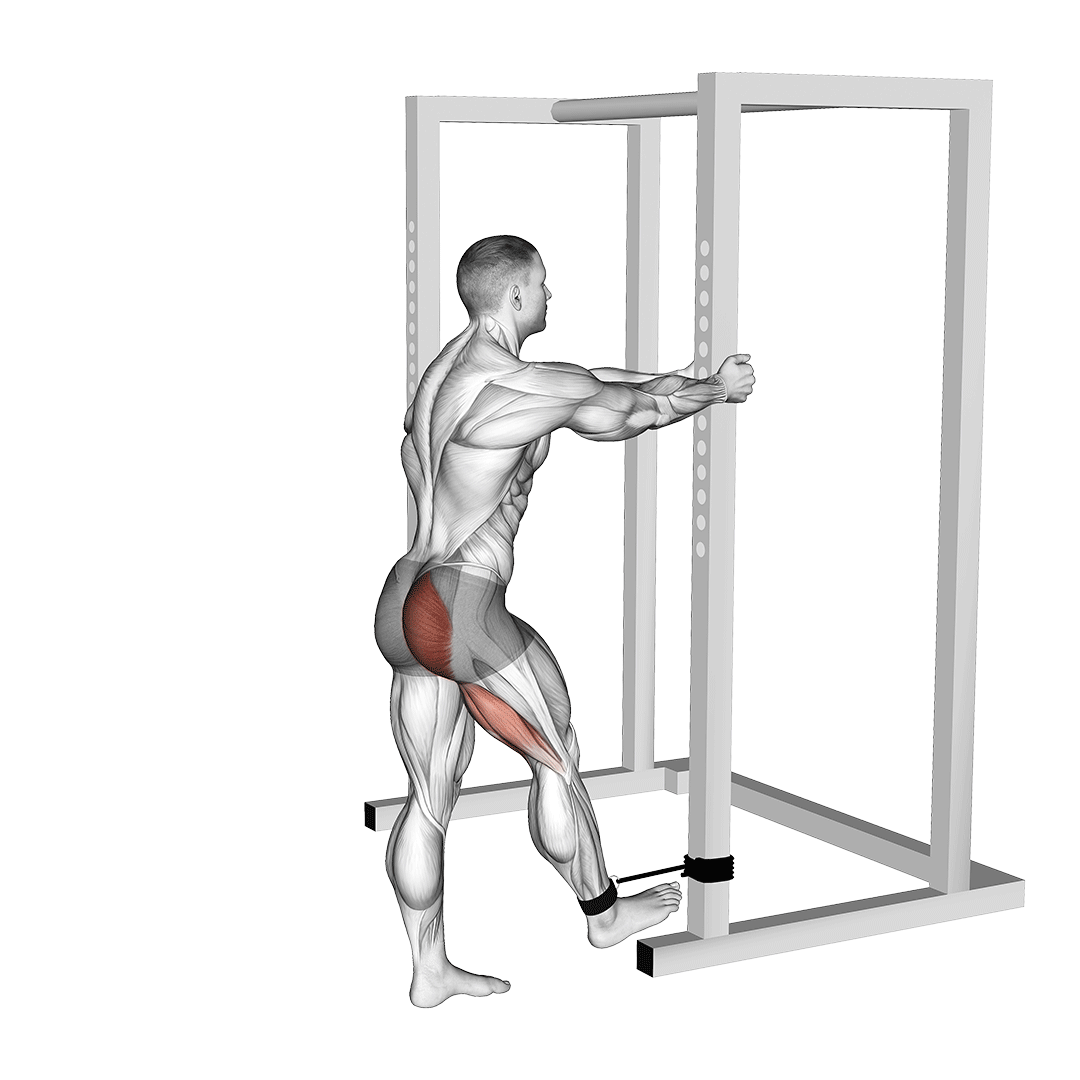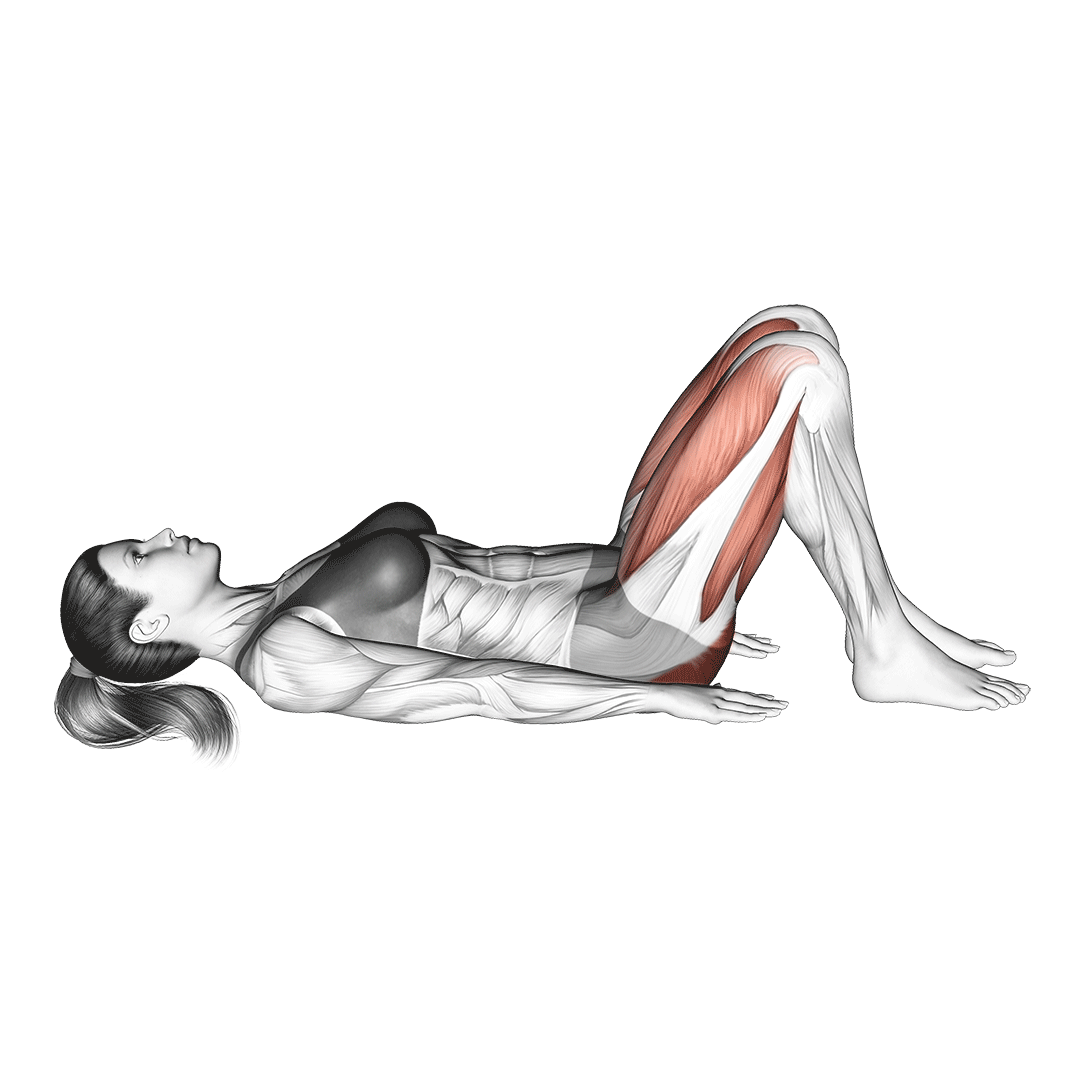What are the Benefits of Elevated Glute Bridges?
Whether you’re training for bigger glutes, improved hip extension mechanics or just want an upgrade over regular old glute bridges - elevated glute bridges have something to offer.
Benefits of Elevated Glute Bridges
Builds Lower Posterior Chain Mass and Strength
Elevated glute bridges are primarily done so as to strengthen and induce hypertrophy in the lower posterior chain, in particular the gluteal muscles of the buttocks.

This is achieved through a combination of consistent time under tension and a high volume of repetitions. Considering that elevated glute bridges begin and end with the hips in a state of deep hip flexion and top out at full hip extension, the glutes are truly targeted through a full range of motion - especially in regards to the gluteus maximus muscle.
To get the most out of elevated glute bridges, exercisers should seek to not only maximize tension and ROM, but also consider upping the intensity by adding resistance in some manner.
Excellent for Reinforcing Hip Extension
Because the glutes and hamstrings are both responsible for hip extension, it stands as no surprise that regularly practicing elevated glute bridges also reinforces hip extension biomechanics as well.

With regular performance of elevated glute bridges (and in combination with a proper mobility routine), exercisers will find that the range and stability of their hip extension is greatly enhanced.
Improved biomechanical function in this particular area can greatly aid with the degenerative and mobility-limiting effects of a sedentary lifestyle, especially for individuals that work an office job where they regularly remain seated.
Comparatively Larger Range of Motion
The main advantage to elevated glute bridges over other glute bridge variations is its range of motion.

A larger range of motion equates to the muscle fibers stretching to a greater length at the start and end of the repetition - as well as a longer time under tension.
Both these aspects of your training are vital for improving mobility, stability and inducing muscular hypertrophy as comprehensively as possible. As such, it can easily be said that while indeed harder, elevated glute bridges are comparatively better for building your glutes than conventional glute bridges.
Lower Risk of “Cheating” or Poor Form
Because the body begins in a relatively declined orientation, cheating the repetition of an elevated glute bridge is significantly harder. The feet will have less purchase on the platform, and the larger range of motion ensures momentum is more evenly distributed throughout the rep.

This can have benefits for maximizing training volume, where the exerciser’s form and technique begin to break down as they reach the point of muscular failure.
Unlike conventional glute bridges where the lifter may push through their heels and contract their quads, the elevated glute bridge largely prevents this from occurring - forcing the glutes to work all that much harder.
One of the Few Bodyweight Posterior Isolation Movements
Strictly bodyweight athletes are unfortunately limited as far as lower posterior chain isolation goes.
In most cases, the muscles of the quadriceps or calves will inevitably be trained alongside the hamstrings and glutes, making directly targeted training volume difficult to achieve.
Fortunately, as mentioned in the previous entry, it can be quite difficult for the quadriceps to activate during a set of elevated glute bridges. For calisthenics athletes or those training away from a gym, the elevated glute bridge is likely their best bet as far as glute and hamstring isolation goes.
Elevation Can be Adjusted for Difficulty
Finally, one last defining benefit of the elevated glute bridge is the fact that its elevation can be adjusted as needed.
Exercisers who find a certain elevation to be too challenging can simply select a lower platform to reduce the intensity of the movement.
Likewise, those that wish to progress in some incremental capacity can steadily increase elevation up to a certain point - this is an especially effective strategy for improving mobility and flexibility in the posterior chain.
